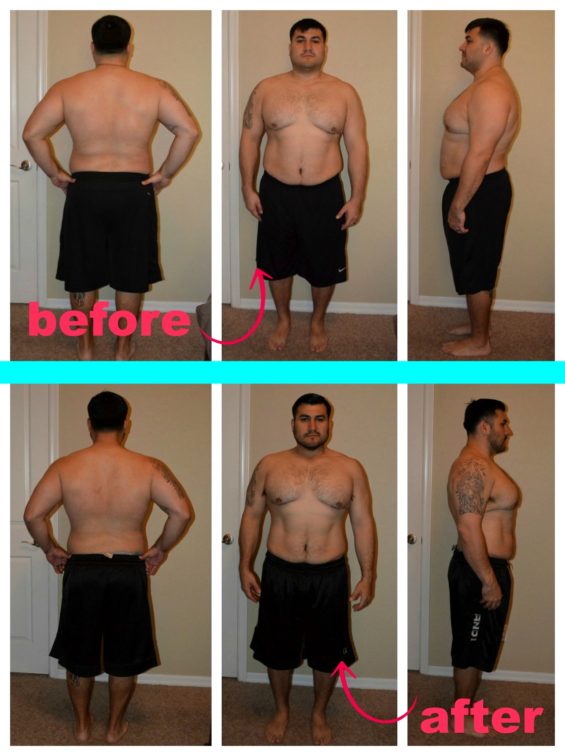The kettlebell is swung from just below the groin to somewhere between the upper abdomen and shoulders, with arms straight or slightly bent, the degree of flexion depends on the trajectory of the kettlebell. The key to a good kettlebell swing is effectively thrusting the hips, not bending too much at the knees and sending the weight forwards, as opposed to squatting the weight up, or lifting up with the arms. There is controversy within the kettlebell world about whether a swing can only be performed with a hip hinge, single arm russian kettlebell swing not with a squat.

Within the kettlebell sport world, employing knee flexion during the swing is more common. This allows for stretch reflex from hamstrings to help scoop the bell up, ensures upward trajectory. Nation, Kelli Keyes, Abby Keyes, T. How to Do the Perfect Kettlebell Swing”. How To Do The Kettlebell Swing”.
The Right Way to Do a Kettlebell Swing”. Kettlebell Foundations: The Hardstyle Kettlebell Swing”. Intro To Kettlebell Sport Part 2: The Kettlebell Sport Swing”. The Kettlebell Swing: Why It’s the Perfect Exercise”. Kettlebell Explosion: Harness The Power Of The Kettlebell Swing”. Which Muscle Groups Does the Kettlebell Swing Work?
Is the Kettlebell Swing Good for Cardio? Few exercises work almost every major muscle in your body to develop strength, power and balance together. Each muscle group has its specific job. Some generate force while others stabilize your body.
The Posterior Chain The posterior chain is a network of muscles and fasciae that extends from your calves and hamstrings into your buttocks and lower back. These muscles work together to coordinate movement when you throw, swing, run and jump. During a kettlebell swing, your hips move like a door hinge. In a study published in the January 2012 issue of “Journal of Strength and Conditioning Research,” researchers Dr. Core Power As you breathe and swing, your core is constantly activated throughout the exercise, which includes your transversus abdominis, external and internal obliques, multifidi and diaphragm. The core works with the posterior chain to stabilize your torso and control the rate and direction of the downward swing phase. The stabilization of the core allows your lower back to handle the compressive forces that the swing generates.





